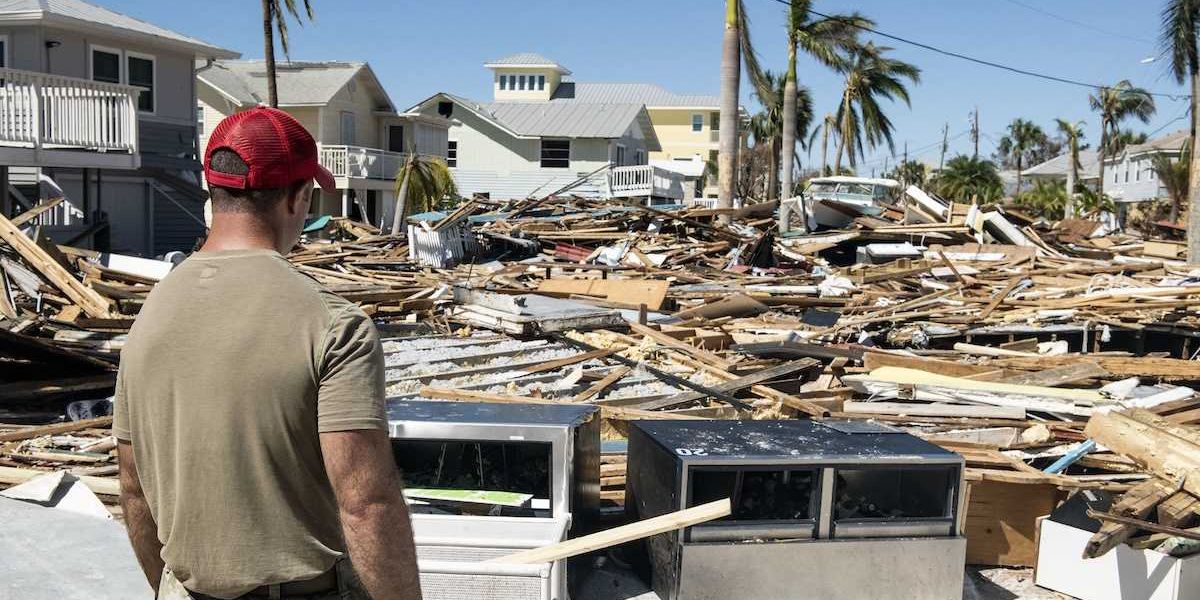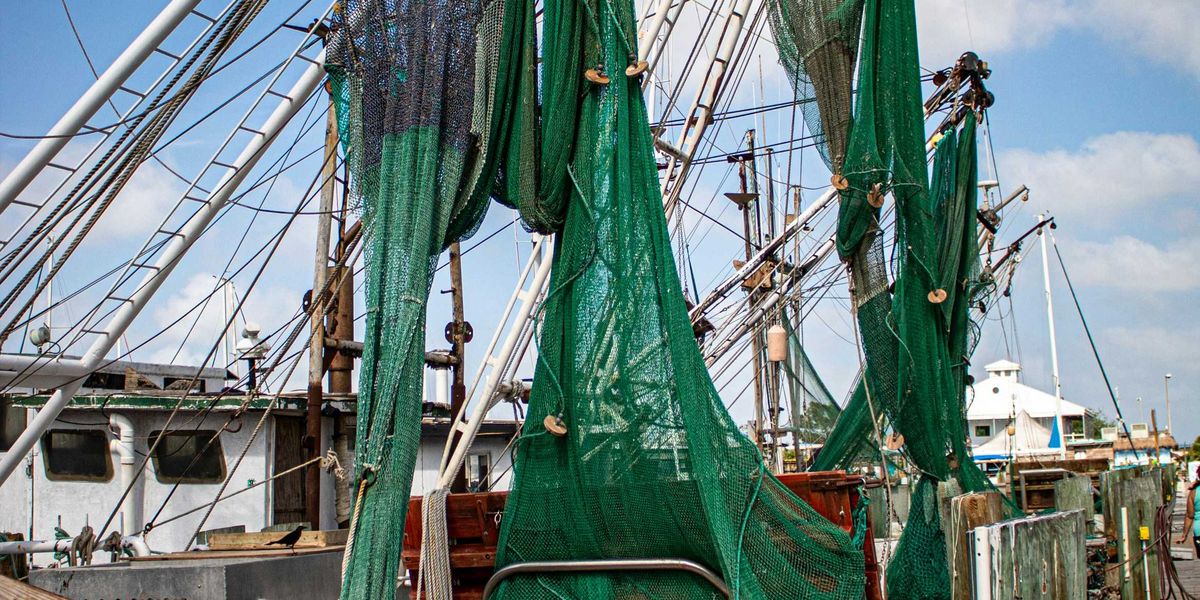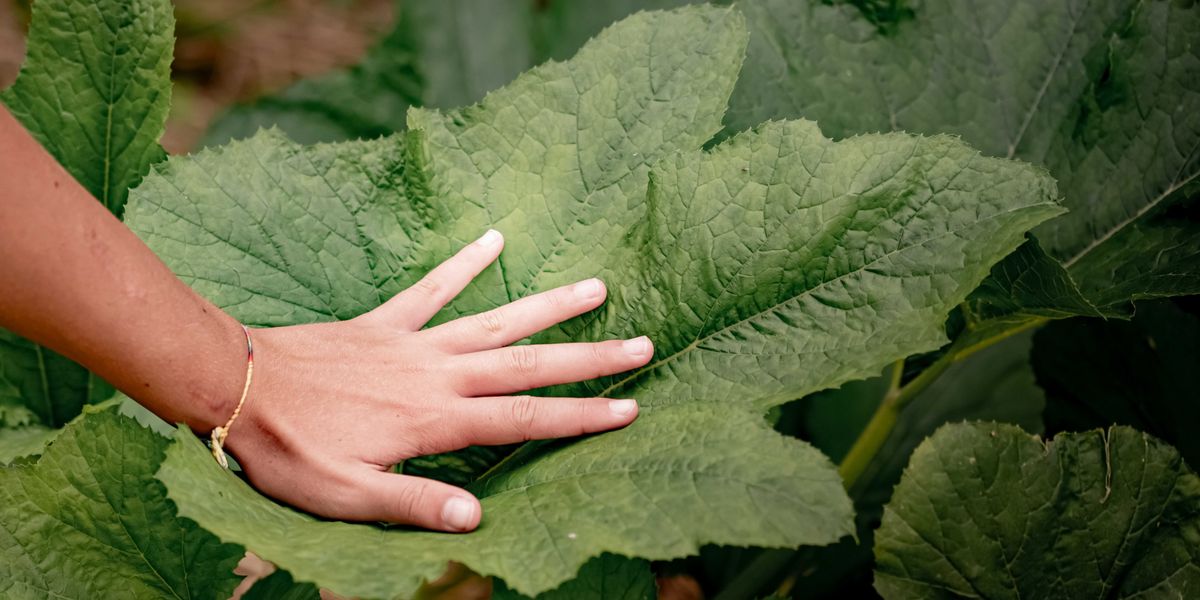Volunteers battle plastic tide to protect Svalbard's fragile shores
A dedicated group of Svalbard locals scours the Arctic’s remote beaches to confront mounting plastic pollution, with every cleanup revealing the persistent threat plastic waste poses to the region’s rare and vulnerable ecosystems.
Louise Krüger reports for Oceanographic.
In short:
- Volunteers collected 14 cubic meters of plastic waste from Svalbard’s secluded coastlines, highlighting the impact of pollution even in remote areas.
- The plastic, much of it from distant sources, arrives on Svalbard’s shores via ocean currents, where it degrades into microplastics, posing threats to Arctic wildlife.
- New research underscores the benefits of cleanups, which reduce microplastics, but experts warn that only global reductions in plastic production can truly protect fragile ecosystems.
Key quote:
“One second, we’re flying over belugas. Next we’re over a pile of trash.”
— 26-year-old volunteer Caroline Sund
Why this matters:
Svalbard's rugged shores may seem like the last untouched frontier, but the Arctic is fast becoming the plastic waste canary in our environmental coal mine. These beach cleanups are more than a gesture — they’re a vital lifeline for fragile Arctic habitats. But as scientists keep reminding us, cleanup efforts are only part of the solution. Read more: Ending toxic threats to Alaska from plastics and petrochemicals.













